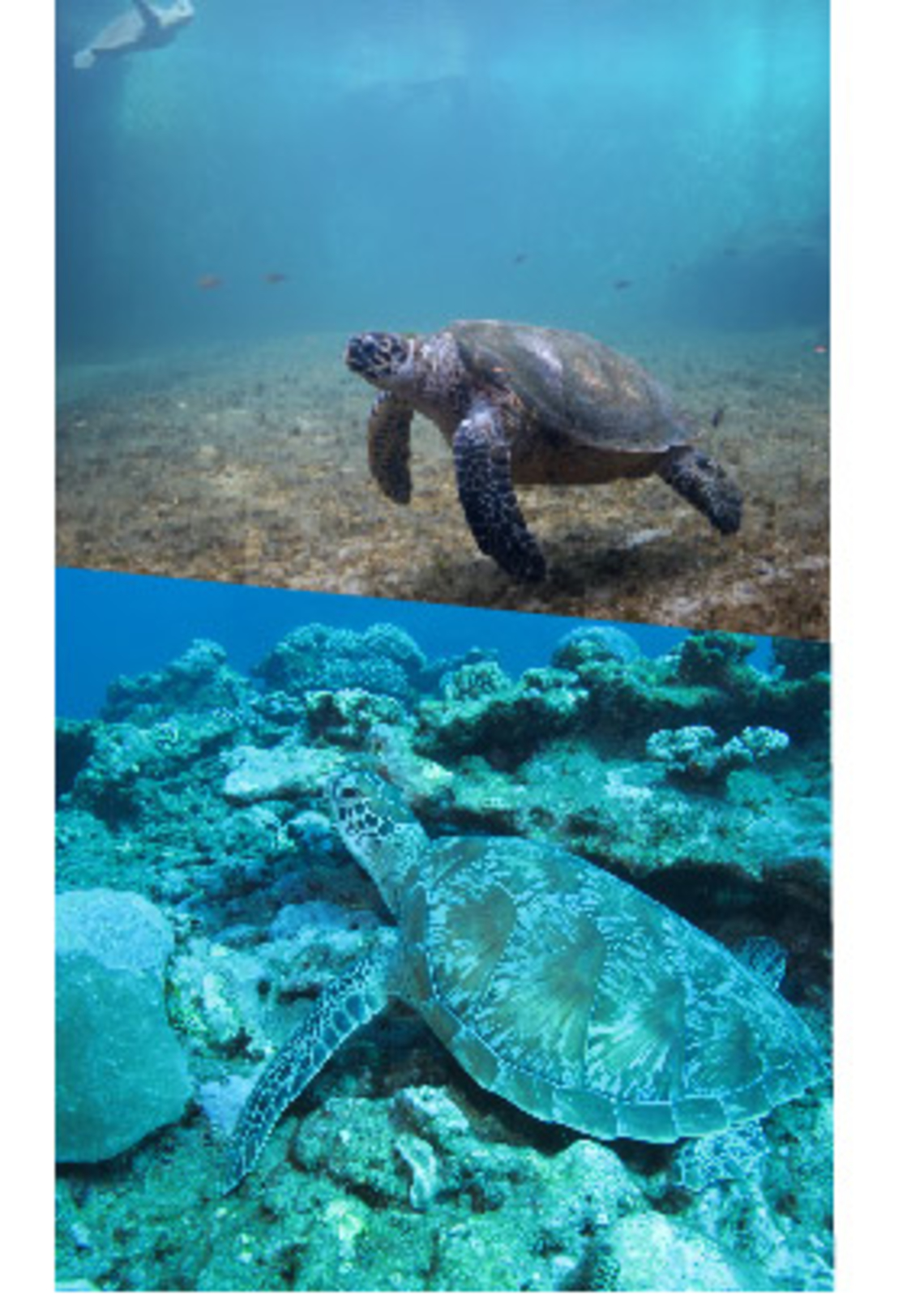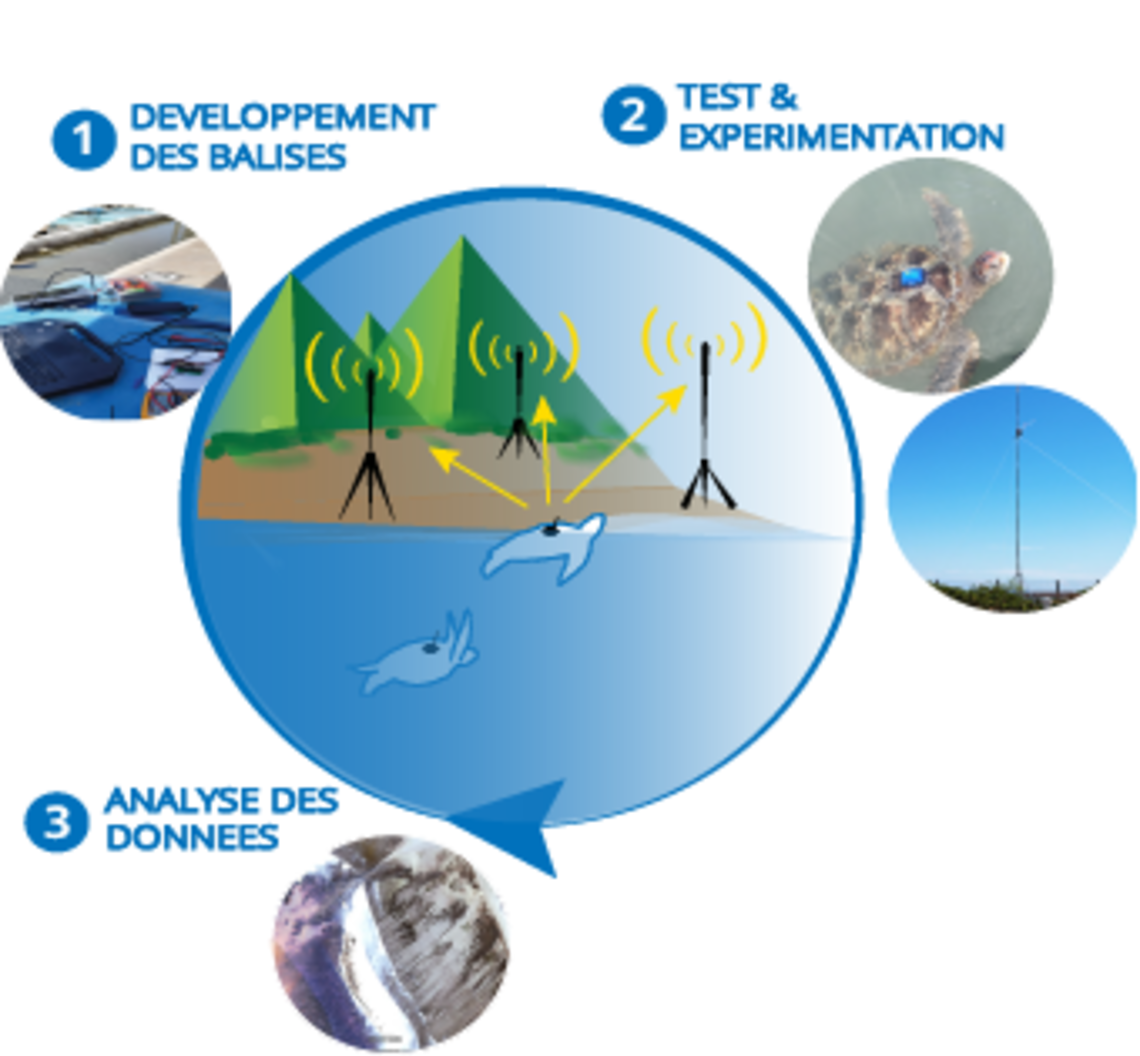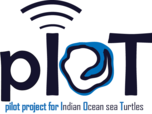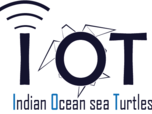The technology of Internet of Things for the benefit of marine turtles : pIOT & IOT
Context
The western Indian Ocean is one of the world's main breeding and spawning grounds for two marine turtle species, the green turtle (Chelonia mydas) and the hawksbill turtle (Eretmochelys imbricata), currently endangered and listed on the IUCN (International Union for Conservation of Nature) Red List. Scientific knowledge on young stages is lacking and is essential for the development of effective conservation measures. To fill these gaps, the National Action Plan for Marine Turtles of the Southwest Indian Ocean sets as a research priority the identification of functional habitats for young individuals.
So far, one way to identify the movements of marine turtles has been through the use of tags attached to their shells, with data transmission by satellite. However, this tag system is expensive and cumbersome, limiting their deployment and the amount of data. |
General objectives of the projects pIOT / IOT
The aim of the pIOT/IOT projects is to develop a new generation of tracking tags : low cost, low consumption, autonomous in energy, and finer in precision. |
Partners






